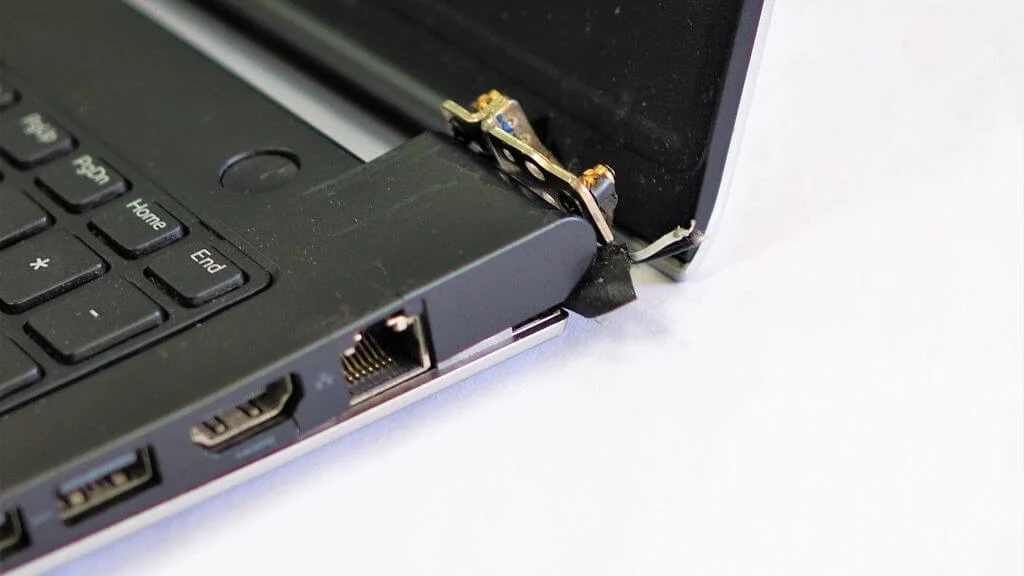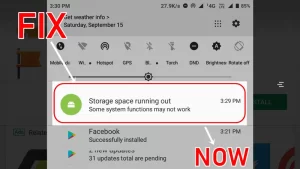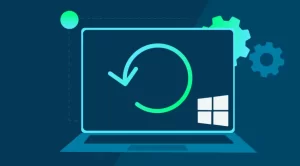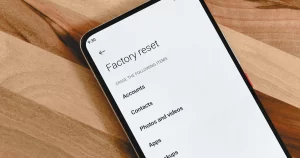A laptop that shuts down unexpectedly while charging isn’t just frustrating—it can signal serious underlying issues. Whether you’re working on a deadline or just watching a movie, sudden shutdowns can interrupt your flow, risk data loss, and potentially damage internal components if the problem goes unchecked.
If your laptop powers off randomly only while charging, that’s a key clue: it points to specific hardware or power-related issues, not just general software instability.
Why Laptops Shut Down When Charging: The Core Possibilities
Before diving into step-by-step checks, it’s useful to understand the root categories this problem can fall under:
| Category | Typical Causes |
|---|---|
| Power Supply Issues | Faulty charger, damaged cable, power surges, or incompatible adapter |
| Battery Malfunction | Overheating battery, bad cells, or firmware errors |
| Thermal Shutdown | Charging generates heat; inadequate cooling leads to automatic thermal shutdown |
| Software or Driver Glitches | BIOS errors, power management driver faults, or OS misconfigurations |
| Motherboard or Charging Circuit Faults | Hardware failures in voltage regulation or current sensors |
Step-by-Step Diagnosis
Let’s go through the things you should check, starting from the simplest.
1. Inspect the Power Adapter and Cable
One of the most common reasons for shutdowns during charging is a faulty or incompatible power adapter.
What to Look For:
- Loose connections: Wiggle the connector at the charging port. Does the screen flicker or the system restart?
- Incorrect wattage: Using a lower-wattage adapter can cause power instability.
- Overheating adapter: If the brick feels extremely hot, it may be malfunctioning.
Solution: Try using a genuine, manufacturer-recommended adapter and cable. Borrow one from another device or purchase a certified replacement to test.
2. Monitor Laptop Temperature
Charging generates heat. If your laptop’s cooling system isn’t functioning well, this extra heat can push internal components past their thermal limits, triggering a protective shutdown.
Check the Following:
- Are the vents blocked by dust or debris?
- Do the fans spin during use?
- Does the underside get excessively hot, especially near the battery or CPU?
Tools to Use:
| Tool | Purpose |
|---|---|
| HWMonitor | Monitor CPU and GPU temperatures |
| Core Temp | View processor thermal performance |
| SpeedFan | Check fan operation (for some models) |
Solution: Clean your laptop’s internals using compressed air or have a technician open it up for deeper cleaning. Use a cooling pad as a temporary solution.
3. Test Battery Health
The battery itself may be to blame, especially if it’s old or physically damaged. Bad cells can short out when charging, causing the laptop to shut down as a safety measure.
How to Check Battery Health:
For Windows:
- Open Command Prompt and type:
powercfg /batteryreport
- Review the generated report (usually saved in C:\Users\[YourName]\battery-report.html) for battery wear levels and charging behavior.
For macOS:
- Hold Option and click the battery icon in the menu bar.
- Look for Condition (e.g., Normal, Replace Soon, Replace Now).
Solution: If your battery health is low (Design Capacity far exceeds Full Charge Capacity), consider replacing the battery. On many newer laptops, battery issues can only be addressed by certified service centers.
4. Run a Power Supply Diagnostic
Some manufacturers provide built-in diagnostics for power and battery issues.
| Brand | Diagnostic Tool |
|---|---|
| Dell | Dell SupportAssist or Pre-boot System Assessment |
| HP | HP Hardware Diagnostics (F2 at startup) |
| Lenovo | Lenovo Vantage > Hardware Scan |
| ASUS | MyASUS app > System Diagnosis |
Run these tests with the charger plugged in. If any errors appear, note them and consult support.
5. Update BIOS and Power Drivers
Firmware and driver mismatches can cause miscommunication between your laptop’s charging system and the OS.
Steps:
- Go to your laptop manufacturer’s support page.
- Download the latest BIOS update, power management driver, and chipset driver.
- Follow the instructions carefully, especially for BIOS updates (these can be risky if interrupted).
Warning: Never update BIOS on battery power alone—ensure your laptop is fully charged and plugged in.
6. Check for Faulty Sleep/Hibernation Settings
Some laptops are configured to hibernate or shut down at certain battery thresholds—even while charging—due to misconfigured settings or software bugs.
To Review Power Settings on Windows:
- Open Control Panel > Power Options.
- Click Change plan settings > Change advanced power settings.
- Expand Battery and check:
- Critical battery level
- Low battery level
- Critical battery action
Fix: Set critical action to “Do nothing” for testing purposes and monitor behavior.
7. Inspect for Charging Circuit or Motherboard Issues
If you’ve ruled out all external causes, the issue may lie within the motherboard or internal charging circuitry.
Clues this is the case:
- Laptop shuts down instantly when plugging in the charger.
- Battery doesn’t charge even though the LED or icon says it is.
- Charging port feels loose or gets unusually hot.
Solution: This typically requires professional repair. A technician can test voltage regulators, capacitors, and charging ICs with proper tools.
Summary Table: Symptoms and Likely Causes
| Symptom | Likely Cause | Suggested Fix |
|---|---|---|
| Shuts down when adapter is plugged in | Faulty adapter or charging circuit | Test with another charger; check motherboard |
| Overheating and shutting down | Dust buildup or cooling failure | Clean vents and fans; use cooling pad |
| Shutdown only at certain charge levels | Failing battery cells | Replace battery |
| Shutdown after BIOS update | Firmware or driver conflict | Roll back or reinstall BIOS and drivers |
| Random shutdowns, no overheating | Power settings or software bug | Reset power plans and update drivers |
Final Thoughts
A laptop that shuts down randomly while charging is more than a minor annoyance—it’s a warning sign. Whether it’s a degrading battery, a failing power adapter, or something deeper in the hardware, ignoring the issue can lead to worse problems over time.
Start with external checks: charger, temperature, and settings. Then move inward to battery diagnostics, firmware, and hardware assessments. If needed, don’t hesitate to get professional help—especially when motherboard components are at risk.
With the right approach, you can identify the cause and get your laptop running reliably again—whether you’re on battery or plugged in.



